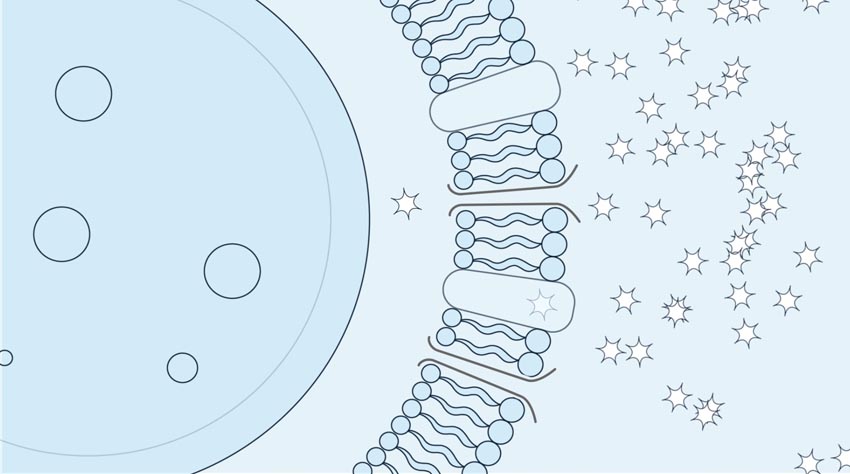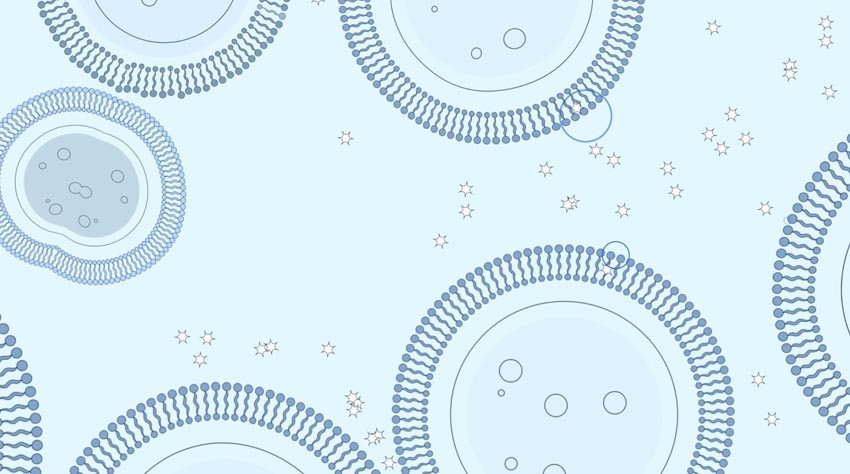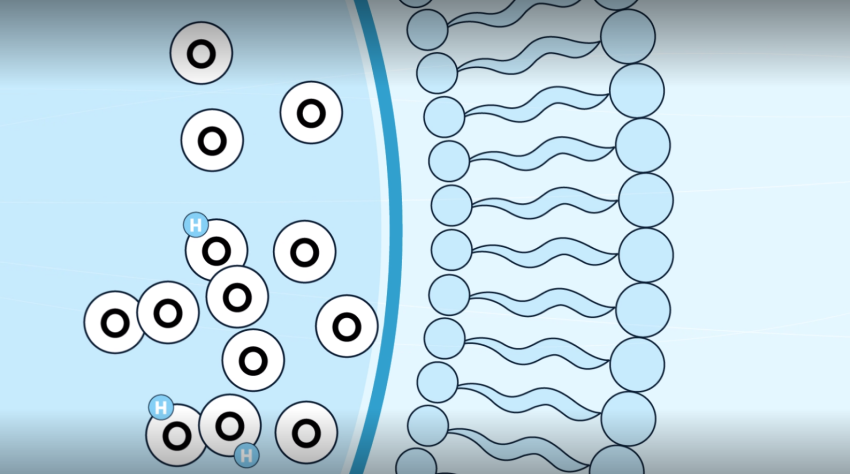Biological research on scalp cooling, has been focused on exploring the hypothesis that cooling reduces the entry of chemotherapy drugs into human keratinocytes.1
Research carried out by Dunnill et al., found that cooling can reduce drug uptake by a minimum of ~4 fold, and this can increase up to ~8 fold depending on the cell model used or drug tested.2 This outcome is due to a number of identified mechanisms which occur as a result of scalp cooling.
Previously, it was thought that vasoconstriction was the only mechanism in which scalp cooling reduced the cytotoxicity of chemotherapy drugs, however further in vitro experiments have revealed other protective effects – such as reduced drug uptake, reduced metabolic activity, and reduced rate of hair follicle cell division.

Vasoconstriction in Detail
As the temperature of the cooling cap is significantly lower than the skin’s normal temperature, scalp cooling triggers vasoconstriction and consequently a reduction in blood (flow) perfusion to between 20-40% of normal blood flow levels
Reduction of blood flow translates to reduction in the extent of drug exposure, and therefore hair follicle damage overall

Reduced drug uptake into the hair follicle cell
The rate of drug uptake across the plasma membrane is reduced at low temperature, due to:
As a result of:

Reduced Drug Uptake in Detail

Reduced rate of hair follicle cell division

Reduced Cell Division in Detail
During the active phase of hair follicle growth, the cells in the follicles, continually stimulated by growth factors, are thus in a highly-proliferative state. As a consequence, these cells are more vulnerable to the cytotoxic effect of chemotherapy drugs
Cooling reduces the metabolic activity of cells and as a consequence, the rate of cell division is reduced, which renders these cells of the hair follicles less susceptible to being targeted by the chemotherapy drugs
This is especially important for chemotherapy drugs that target specific phases of the cell cycle, such as mitosis-targeting microtubule-destructive drugs (taxanes).



